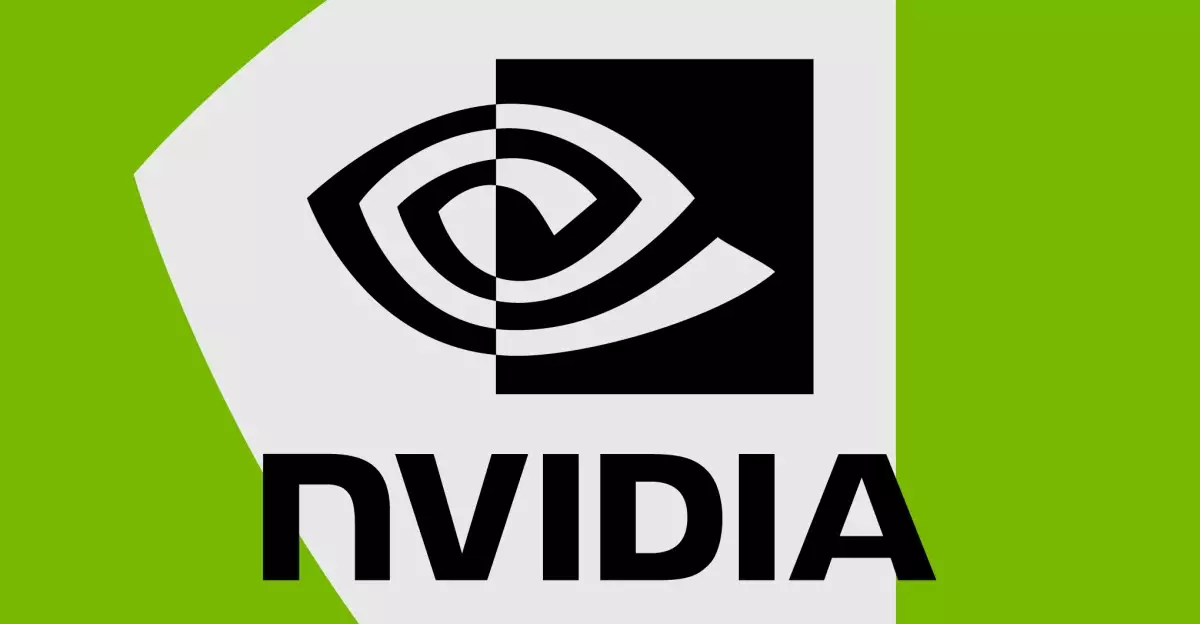For years, Nvidia has held the reputation of a formidable player in the graphics card market, delivering top-tier performance and advancing technology that captivates gamers and professionals alike. However, the past few months have witnessed a seismic shift as Nvidia’s once-stable driver ecosystem has unraveled, leaving its customers grappling with the aftermath. The release of the RTX 50-series cards initially promised groundbreaking performance, yet instead, it has ushered in an era of frustrations characterized by persistent black screen issues, unpredictable game crashes, and unsettling stability problems. The initial missteps in their January driver release have snowballed, forcing users to confront the harsh reality of a system that is more troublesome than transformative.
Hotfix Chaos: A Double-Edged Sword
In an attempt to remedy these rampant issues, Nvidia has been rolling out a series of hotfixes at a staggering rate. The primary aim of these responses is clear: to quell user unrest and to address the myriad problems plaguing the latest graphics cards. However, while hotfixes typically serve as a beacon of hope, in Nvidia’s case, many have reported that these solutions have often compounded the existing issues instead of alleviating them. The hotfix update that followed the 576.02 driver release was touted as a beacon of stability; instead, it transformed into another contentious chapter, introducing new snags like incorrect temperature readings in GPU monitoring utilities—a critical tool for many gamers and PC enthusiasts.
Nvidia’s strategy of relying heavily on hotfixes indicates a troubling trend: a lack of thorough initial testing prior to releasing updates to their drivers. Users who have decided to upgrade to the RTX 50-series are left with few options, often forced to wade through a sea of buggy updates in hopes of finding stability. They are in a paradoxical situation where their access to the latest technology comes with the risk of overwhelming instability—a cautionary tale for anyone considering purchasing cutting-edge technology.
The Ripple Effects of Technical Shortcomings
The inadequacies in Nvidia’s driver updates have wider implications that stretch beyond mere user grievances. The GPU market is intricately tied to the broader tech ecosystem—game developers rely on stable drivers, as do applications that harness graphic processing capabilities. The ongoing issues with Nvidia’s drivers create a ripple effect where developers may inadvertently shy away from optimizing their games or applications for new Nvidia hardware, creating stagnation in technological advancement and market competitiveness.
This ongoing crash-and-burn scenario has also drawn attention to the glaring disparities between Nvidia and its competitors, especially AMD. Traditionally, Nvidia has prided itself on delivering superior drivers and a robust ecosystem tailored for gaming. However, the mishaps surrounding the RTX 50-series could spell a turning point. With AMD swiftly capitalizing on Nvidia’s missteps, it has begun to entice gamers with promises of reliability, efficient drivers, and consistent performance—a narrative that is creating an existential threat to Nvidia’s supremacy in the GPU space.
The Challenges Ahead: Trust and Redemption
As Nvidia continually battles to regain its footing, the path to redemption is fraught with challenges. The company must reestablish not only stable driver performance but also win back user trust. Beyond merely addressing the technical issues at hand, Nvidia must engage in transparent communication with its user base, acknowledging the shortcomings candidly and providing concrete timelines for expected fixes and updates. Gamers and enthusiasts, who once embraced Nvidia with fervor, are now judging the company critically, awaiting substantial action rather than empty promises.
Additionally, the chaotic launch of the RTX 50 series has raised serious questions regarding Nvidia’s quality control processes and marketing assertions. The revelation of power cables melting and manufacturing errors undermines the brand’s credibility and positions Nvidia at a crossroads. Will they learn and adapt, delivering the quality products customers expect, or will history repeat itself, leading to further disenchantment among their loyalists? Only time will reveal the answers as Nvidia navigates this stormy chapter in its storied legacy.


Leave a Reply